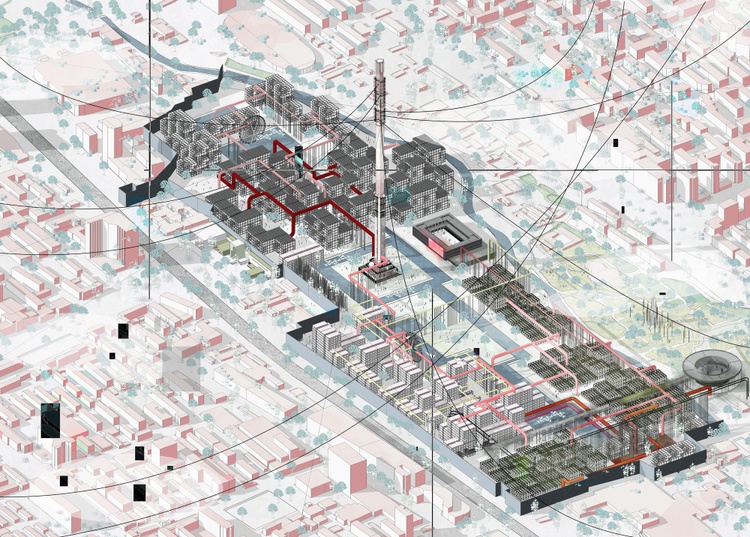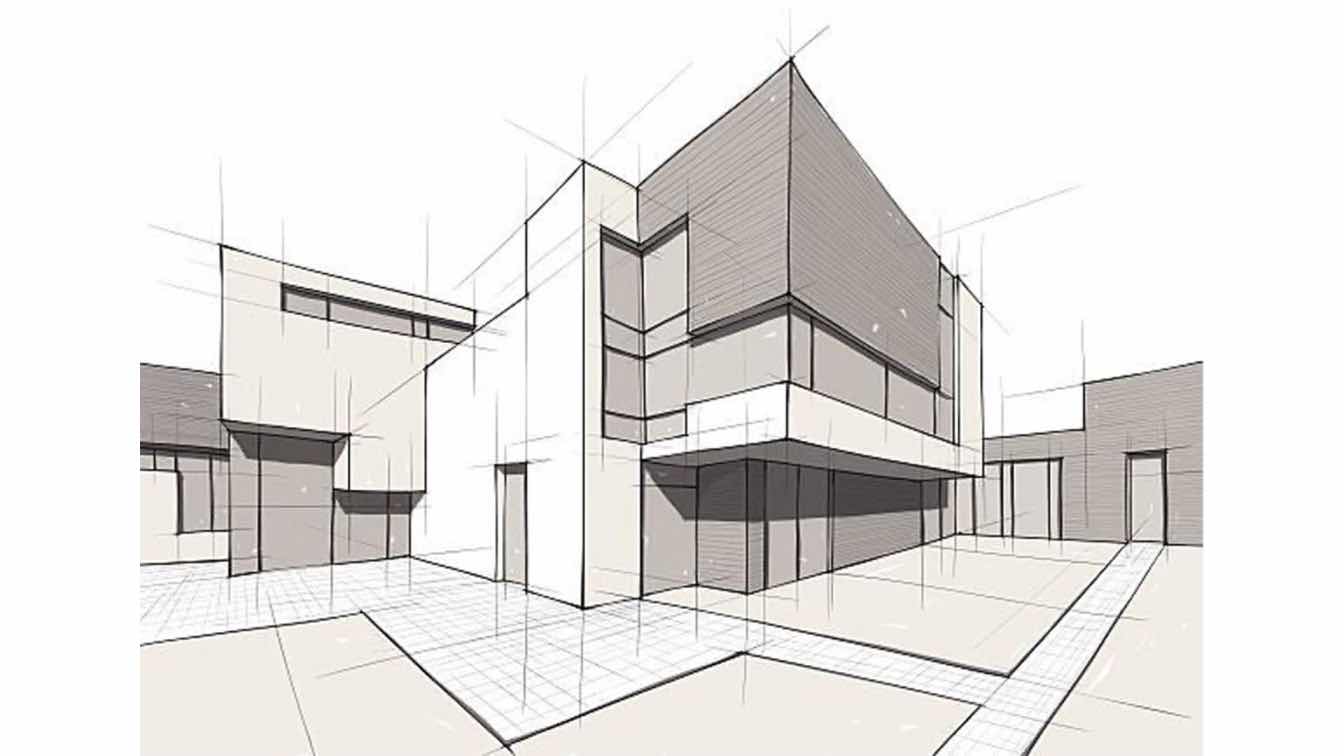Check Out Acclaimed Projects by Prominent CDA Architects
Check Out Acclaimed Projects by Prominent CDA Architects
Blog Article
The Influence of Technical Improvements on the Design Practices of Contemporary Architects
The quick evolution of technical tools has considerably improved the style landscape for contemporary architects, cultivating unmatched levels of development and sustainability. The assimilation of Building Details Modeling (BIM), parametric design, and expert system has not only streamlined cooperation amongst varied teams however also redefined project execution. Nonetheless, as architects welcome these advancements, they are challenged with complicated challenges that might impact their creative procedures. Exploring these characteristics reveals a nuanced interaction between modern technology and typical design approaches, prompting a more detailed evaluation of what the future holds for building techniques.
Evolution of Architectural Equipment
How have architectural tools changed the style and building procedures over the centuries? The evolution of architectural tools has substantially impacted the efficiency, accuracy, and creative thinking of style and building and construction. In ancient times, engineers rely upon primary tools such as plumb bobs, measuring poles, and fundamental geometry to develop structures. These tools laid the foundation for very early building technique, permitting the construction of renowned structures, albeit with restrictions in precision and intricacy.
With the development of the Renaissance, the introduction of the compass and the protractor marked an essential change. These tools allowed engineers to achieve better precision in their layouts, assisting in the appearance of even more intricate and proportionate structures (cda architects). The Industrial Revolution additionally revolutionized architectural exercise with the intro of mechanized devices and products, permitting bigger and a lot more enthusiastic tasks
In the 20th century, the advancement of computer-aided design (CAD) software transformed the landscape when again, providing engineers with unprecedented capabilities in modeling and visualization. Today, progressed tools such as Structure Information Modeling (BIM) and parametric layout software program remain to press the borders of architectural innovation, allowing an extra integrated approach to design and building and construction processes.

Improved Partnership in Style
As technology continues to progress, boosted collaboration in design has actually come to be a foundation of modern-day architectural method. The integration of digital devices such as Building Information Modeling (BIM), cloud-based platforms, and advanced visualization software program has changed the way designers, designers, and stakeholders interact throughout the layout procedure. These devices help with real-time interaction, allowing groups to share ideas, modifications, and responses immediately, despite geographical place.
Moreover, online truth (VIRTUAL REALITY) and enhanced reality (AR) have further enriched joint efforts by enabling immersive experiences that allow customers and employee to envision jobs in an extra appealing way. This degree of interaction not only boosts understanding however likewise promotes a feeling of possession among stakeholders, bring about more informed decision-making.
Additionally, interdisciplinary partnership has actually been structured with these technological developments, allowing engineers to function a lot more carefully with other experts, such as city coordinators and ecological professionals. The outcome is a much more cohesive strategy to design that thinks about various viewpoints and proficiency. Inevitably, enhanced partnership in layout is not simply a fad; it is crucial for developing ingenious, functional, and aesthetically pleasing architecture in a significantly complex world.
Sustainability Through Modern Technology
Sustainability in style has actually progressively come to be linked with technological development, driving the market towards eco accountable practices - cda architects. Contemporary engineers are leveraging sophisticated modern technologies to reduce environmental impact while boosting the efficiency of structures. One popular instance is using Building Details Modeling (BIM), which permits for exact planning and resource allowance, minimizing waste throughout building and advertising energy efficiency throughout a structure's lifecycle
Additionally, clever materials and energy-efficient systems are being incorporated into styles to enhance source use. Technologies such as solar batteries and green roof harness renewable resource resources, adding to lowered carbon impacts. Additionally, the application of expert system in look at these guys style processes makes it possible for engineers to simulate and evaluate power consumption, leading choices toward even more sustainable results.
The combination of lasting innovations not only straightens with global ecological objectives yet additionally meets a raising need from customers for environment-friendly services. As designers embrace these advancements, the emphasis changes towards producing rooms that are not only visually pleasing yet likewise functionally sustainable, consequently redefining the standards of contemporary architecture. By doing this, innovation works as a catalyst for sustainability, enabling engineers to design buildings internet that respect and enhance the natural setting.
Difficulties in Implementation
While technological improvements in style hold great assurance for boosting sustainability, their application frequently comes across significant difficulties. One key obstacle is the steep knowing contour connected with new innovations. Architects and building experts might require extensive training to effectively make use of advanced software application and tools, which can delay project timelines and increase expenses.
In addition, the combination of arising innovations, such as Structure Information Modeling (BIM) and sustainable materials, often demands collaboration throughout multidisciplinary groups. This partnership can be hindered by differences in know-how, process, and communication styles, bring about possible disputes and inefficiencies.
Financial restraints additionally make complex the adoption of innovative technologies. Lots of architectural firms, specifically smaller sized ones, might do not have the sources to purchase sophisticated tools, limiting their ability to take on bigger companies that can afford such investments.
Furthermore, governing frameworks and building ordinance may not equal technical developments, creating obscurity and potential conformity issues. This obstacle can prevent designers from totally welcoming brand-new innovations, as the danger of non-compliance may exceed the advantages. As a result, resolving these application difficulties is crucial for the effective assimilation of technical developments in contemporary building practices.
Future Fads in Style
The obstacles related to the application of brand-new technologies in style have actually triggered a reevaluation of future patterns within the market. As designers browse issues such as sustainability, urbanization, and social equity, they are progressively adopting ingenious modern technologies to improve design effectiveness and environmental performance.
One famous trend is the assimilation of expert system (AI) in the layout procedure. AI tools can examine large datasets to notify layout decisions, enhancing both creativity and functionality. Building Info Modeling (BIM) proceeds to advance, allowing real-time collaboration amongst stakeholders and assisting in streamlined task administration.
Sustainable style techniques are additionally gaining momentum, with architects concentrating on adaptive reuse and regenerative design principles that decrease source consumption and waste. The unification of wise products and renewable resource sources will even more improve the durability of buildings despite climate change.
Furthermore, the rise of parametric layout permits more personalized and context-sensitive building remedies. By using these developments, architects are positioned to develop constructed settings that not only deal with the immediate demands of culture however also anticipate future challenges, therefore redefining the role of style in an ever-changing world.
Conclusion

Report this page